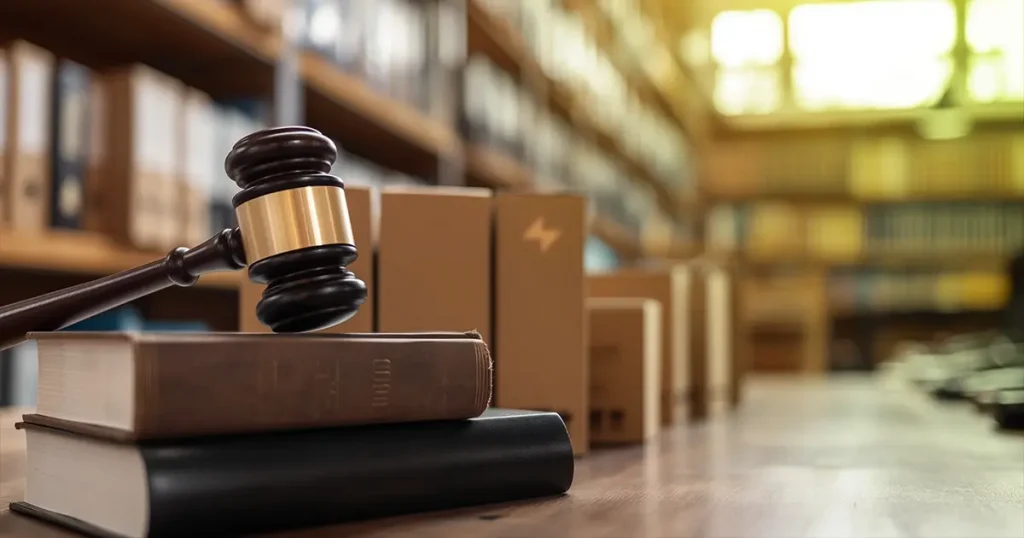Execution and Bankruptcy Procedures
Execution and bankruptcy law regulates the legal processes that creditors resort to in order to collect their rights when debtors fail to fulfill their debts. This area is particularly closely related to the law of obligations and commercial law and is often the most important tool used to resolve disputes between creditors and debtors. Execution and bankruptcy law contains important regulations on both the collection of individual receivables and, in the event that commercial enterprises cannot pay their debts, how to collect these debts and protect the rights of creditors. In Turkey, this branch of law is regulated under the Execution and Bankruptcy Law and related legislation.
The main purpose of enforcement and bankruptcy law is to protect the rights of creditors against persons who are unable to pay their debts and to ensure the collection of receivables by establishing a payment plan. The process proceeds through steps such as initiating enforcement proceedings, examining the debtor’s assets, establishing payment plans and, if necessary, initiating bankruptcy proceedings. In addition, if the debtor goes bankrupt, how the assets will be divided among the creditors is also within the scope of enforcement and bankruptcy law. Legal expertise is required for the smooth and fair functioning of these processes.
Execution and bankruptcy law provides remedies in cases where the debtor fails to pay, loses the ability to pay or has difficulty in paying its debts.
Enforcement Proceedings
An enforcement proceeding is a legal process that a creditor applies against a debtor if the creditor fails to fulfill its obligation to pay its debt. According to the Turkish Enforcement and Bankruptcy Code, a creditor applies to the enforcement office to initiate enforcement proceedings. Execution proceedings include steps such as execution orders and foreclosure proceedings. In this process, creditors try to determine the debtor’s solvency by examining the debtor’s assets and sources of income. If the debtor fails to pay, the assets may be seized.
In the first stage of enforcement proceedings, the creditor gives the debtor a certain period of time to make a payment. If payment is not made within this period, the enforcement proceedings will continue and the debtor’s assets may be seized. Foreclosure is the process of seizing the debtor’s assets in order for creditors to collect their receivables. Seizure can be made on the debtor’s immovable property, movable property and income. In addition, the debtor’s bank accounts may also be seized. Foreclosure is important for creditors to obtain their rights most effectively.
Another important stage of enforcement proceedings is the bankruptcy application. If the debtor is insolvent, creditors may initiate enforcement proceedings with a request for bankruptcy. In this case, the creditors may request the establishment of a payment plan by securing all of the debtor’s assets. When a bankruptcy decision is taken, the assets of the debtor are divided to be distributed entirely to the creditors.
Bankruptcy Process and Declaration of Bankruptcy
Bankruptcy is a legal process initiated to distribute all of the debtor’s assets among creditors in cases where the debtor is insolvent and unable to pay its debts. Bankruptcy is a situation that both commercial enterprises and individuals can apply for due to their debts. When a bankruptcy decision is made, all assets of the debtor are liquidated to be shared in the proportions requested by creditors. The bankruptcy process is initiated by a court decision and is governed by certain rules according to the Enforcement and Bankruptcy Code.
Bankruptcy can be filed by creditors or by the debtor. If the debtor becomes financially unable to make payments, he or she can file for bankruptcy. When a bankruptcy order is made, the debtor person or business is supervised by a liquidator appointed by the court. The declaration of bankruptcy starts a process by which creditors can claim the debtor’s assets, and the debtor loses its assets in the process. The bankruptcy process can be lengthy and complex, as all debts and assets of the debtor are examined and allocated in detail.
Following the declaration of bankruptcy, creditors must submit their claims to the court within a certain period of time. Creditors can object to the debtor’s bankruptcy or participate in the process according to the payment rates they demand. During the bankruptcy proceedings, the valuation of the value of the debtor’s assets is also important. The debtor’s payment rates to creditors and the liquidation plan are determined by the bankruptcy court. The bankruptcy process can sometimes take many years, as all creditors and the debtor’s assets are calculated in detail.
Differences between Enforcement Proceedings and Bankruptcy
Although enforcement proceedings and bankruptcy are similar legal proceedings in the event of non-payment by the debtor, they are different from each other. While enforcement proceedings are a process that creditors apply individually against the debtor, bankruptcy is a broader process. Enforcement proceedings are a method that allows creditors to collect their rights individually if the debtor fails to pay its debt. The debtor is limited to its ability to pay and can only be paid from its own assets.
Bankruptcy, on the other hand, is a more comprehensive process that enables the distribution of all assets among creditors as a result of the debtor’s inability to pay its debts. The bankruptcy process aims to protect the rights of all creditors, not just the debtor. Moreover, after the bankruptcy decision, all the assets of the debtor are distributed among the creditors and the debtor is relieved of its existing debts.
Although both processes are activated when the debtor is unable to pay its debts, they differ in terms of their application and consequences. While enforcement proceedings enable debtors to collect their debts without restricting their assets, bankruptcy is a process that aims to distribute all of the debtor’s assets to creditors. Depending on the debtor’s solvency, both processes can be appropriately initiated and carried out.
Enforcement and Bankruptcy Law and Legal Rights
Execution and bankruptcy law is applied on the basis of the Turkish Execution and Bankruptcy Code. This law regulates the rights and obligations between debtor and creditor. The Enforcement and Bankruptcy Law gives the debtor certain deadlines for payment, while giving creditors the right to collect their claims. The law ensures the protection of creditors’ rights and allows debtors to seize their assets if they fail to pay. It also ensures that, in the event of bankruptcy, creditors receive a fair distribution of their claims.
The Execution and Bankruptcy Law also regulates a number of legal remedies and procedures that creditors may resort to. Procedures such as seizure of the debtor’s assets, bankruptcy proceedings to be initiated against the debtor and creditors claiming their rights are carried out within the framework of the law. These regulations in the enforcement and bankruptcy law balance the rights of both debtors and creditors. However, it is of utmost importance for the smooth functioning of the process that both parties seek legal assistance.






